If there was a Mount Rushmore for pedal buzzwords, it would probably contain: “drippy spring reverb”, “transparent overdrive”, and of course “true bypass”. So true bypass must be better than buffered bypass, right? Well, not exactly… This is a complicated topic, so I’m going to make things as simple as possible.
What is true bypass?
When a pedal is described as true bypass, it simply means that when it is turned off, your guitar signal is sent straight through the pedal without being affected in any way.
What is buffered bypass?
When plugged into a buffered pedal, your guitar signal is being affected even when the pedal is off. Rather than passing the signal straight through the pedal, it is filtered through a buffer.
What is a buffer and what does it do?
Before we get started, let’s clear up some terminology: “impedance” is basically electrical resistance. In simple terms, higher impedance will result in more tone loss. Unfortunately, electric guitars are very inefficient instruments. The pickups on our guitars take the noise from our strings and convert it into a high impedance electrical signal which is sent through our cable, and the longer the cable, the more signal we lose.
To use an analogy from our friend Josh Scott of JHS Pedals, your guitar chain is like a garden hose. When you turn on the tap, water flows out freely. But when you attach a long hosepipe, by the time the water reaches the end, it is trickling out, as the water loses pressure. This is essentially what happens to your guitar signal. When you use a hosepipe, you probably attach a spray gun to the end of it, and voila, the water pressure is back. This is what a buffer does; it takes your weak signal, and boosts it back to its original strength.
To get slightly more technical, a buffer is a 1:1 amplifier that takes the high impedance signal of your guitar, recovers the signal lost through the cable, and converts it to a low impedance signal without changing the volume. Remember, a low impedance signal means there is less resistance further down the chain and therefore less signal loss, or “tone suck” as guitarists call it.
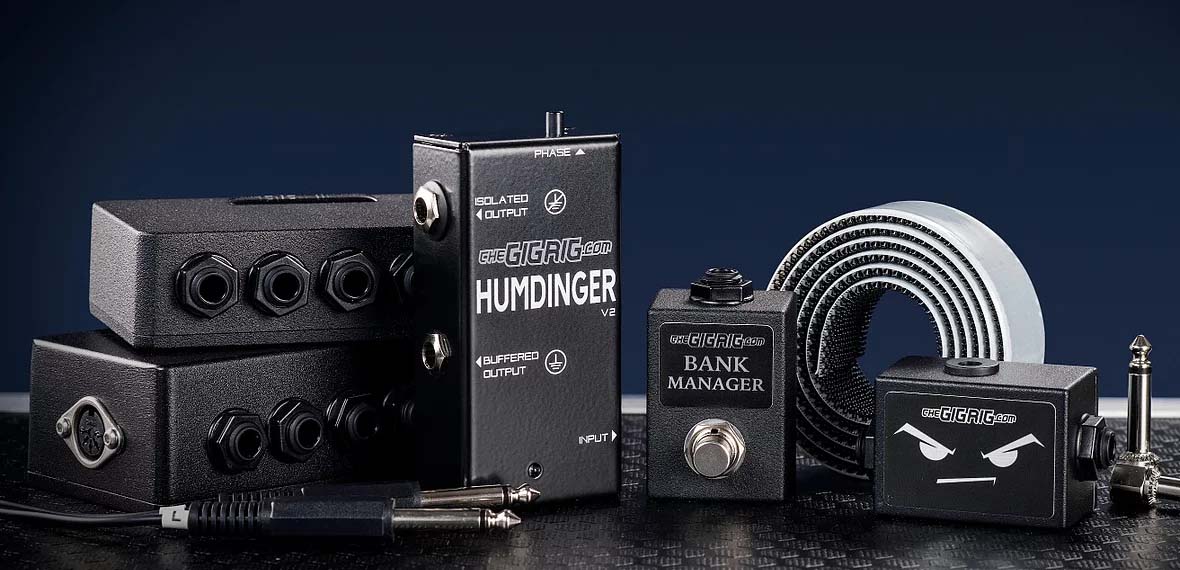
What does “tone suck” sound like?
Signal loss or “tone suck” happens when a high impedance signal travels through a lot of cable. The more cable it has to travel through, the more the tone is sucked. When tone suck occurs, it is exactly the same effect as rolling down the tone knob on your guitar, so you will lose treble, presence and fidelity from your signal.
Playing through a rig with lots of true bypass pedals and no buffer is like playing your guitar with the tone permanently rolled back to 7. Because when you run a long chain of true bypass pedals with patch cables you significantly increase the distance the high impedance signal has to travel.
How to test if you’re experiencing tone suck?
Plug your guitar in, running through your pedalboard, with all of your pedals turned off, and listen to the sound as you play. Then take the cable from your amp and plug it straight into your guitar and play. If you notice that there is more clarity in your tone when you plug straight into the amp, then you know you’re experiencing tone suck, and at this point you may want to consider getting a buffer to fix this.
How many pedals do you need before a buffer?
Unfortunately, there is no correct answer to this. The best way to know is to try the test I just mentioned. But if you’re looking for a simple estimate, then you might reasonably expect to need a buffer if you have 5 or more pedals that are all true bypass. This is because with each pedal, you are adding patch cables which is increasing the total distance the signal has to travel from your guitar to your amp.
What buffer should you get?
You’ll find many places on the internet repeat the phrase “all buffers aren’t created equal”, which is true, but generally they are followed by sweeping statements like “boss buffers kill your tone”, which simply isn’t true! Common pedals such as the Ibanez Tube Screamer, and all Boss Pedals use high quality buffers and can be a great way to clean up your tone without having to buy a dedicated buffer.




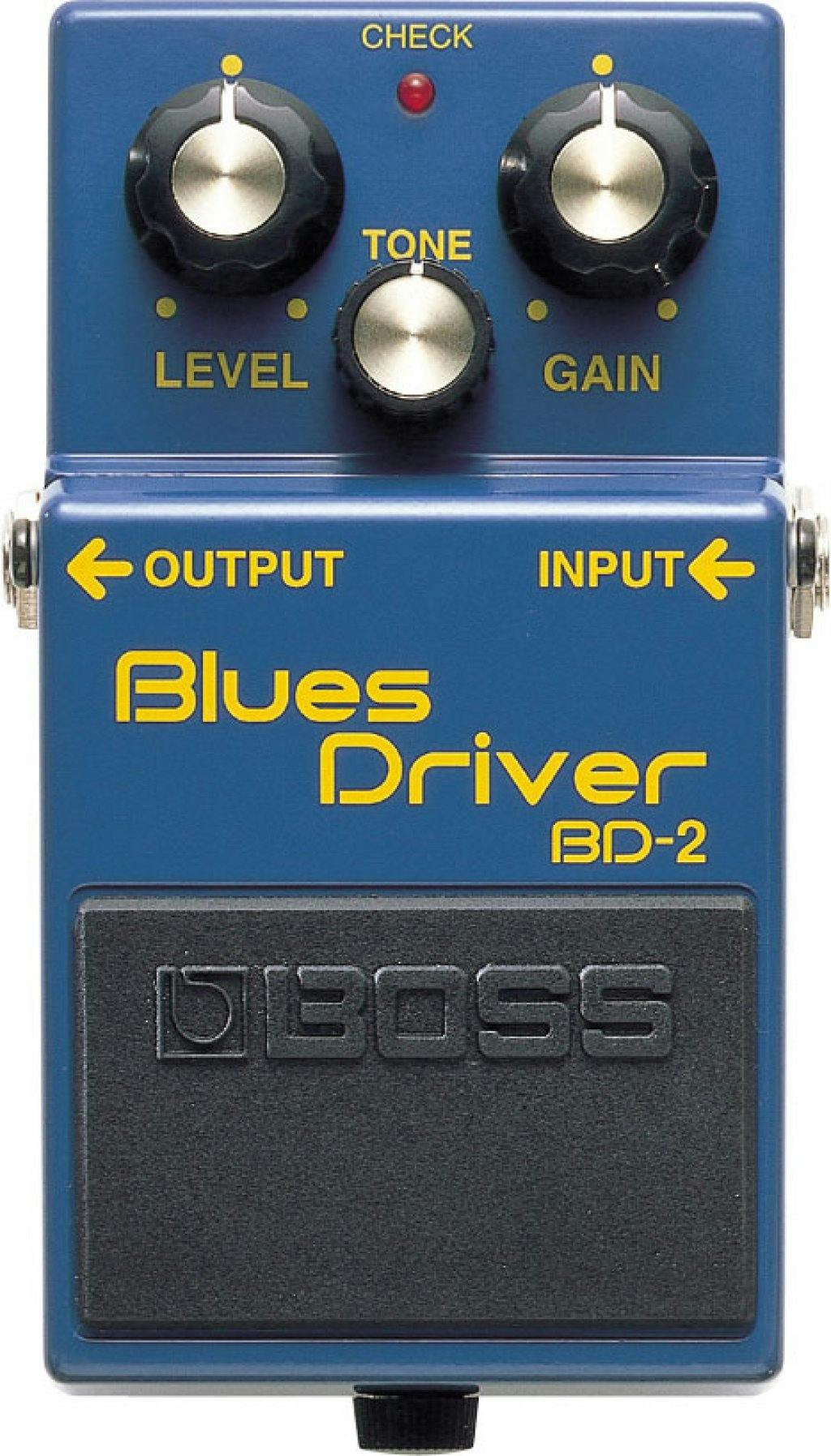
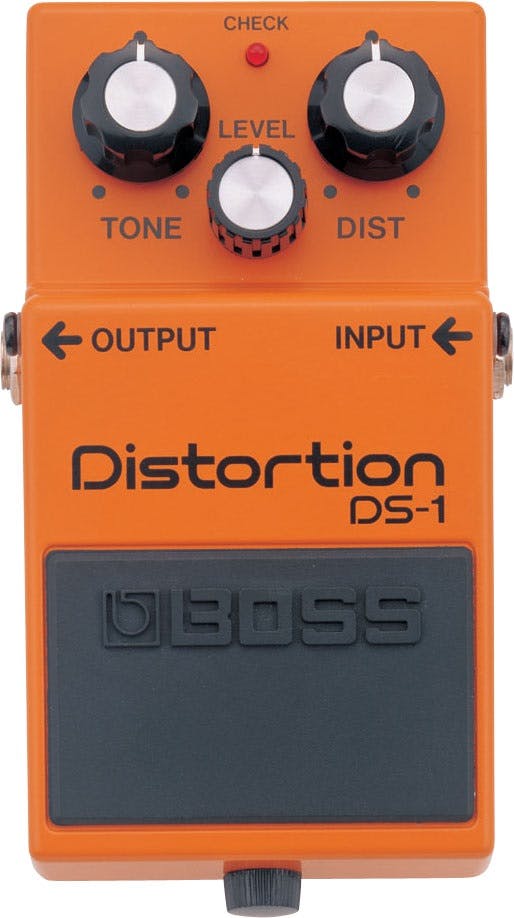


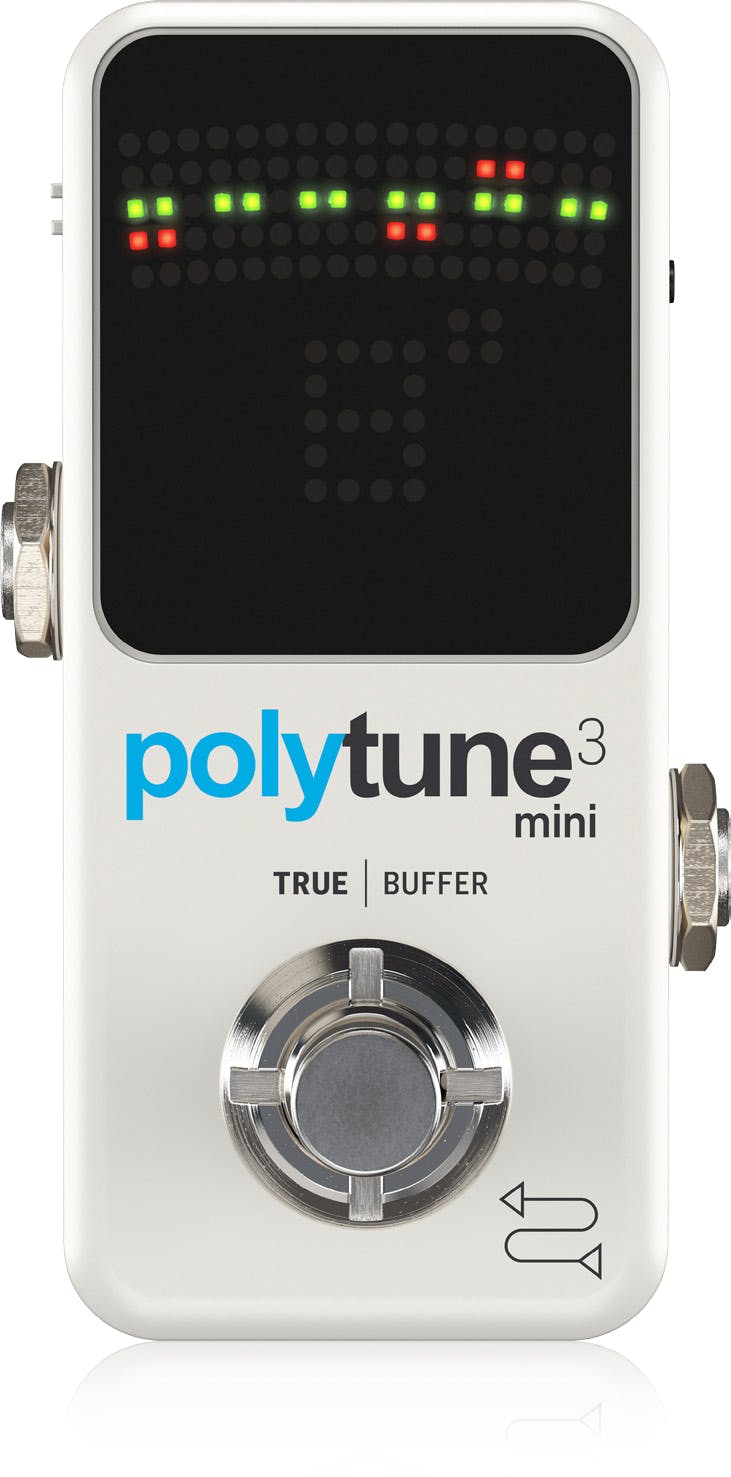
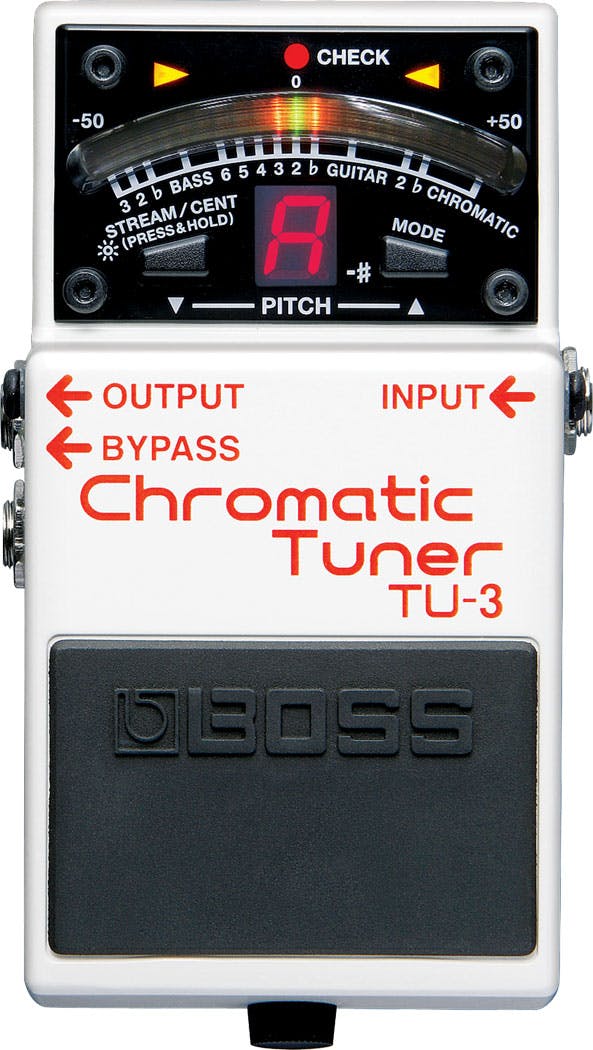
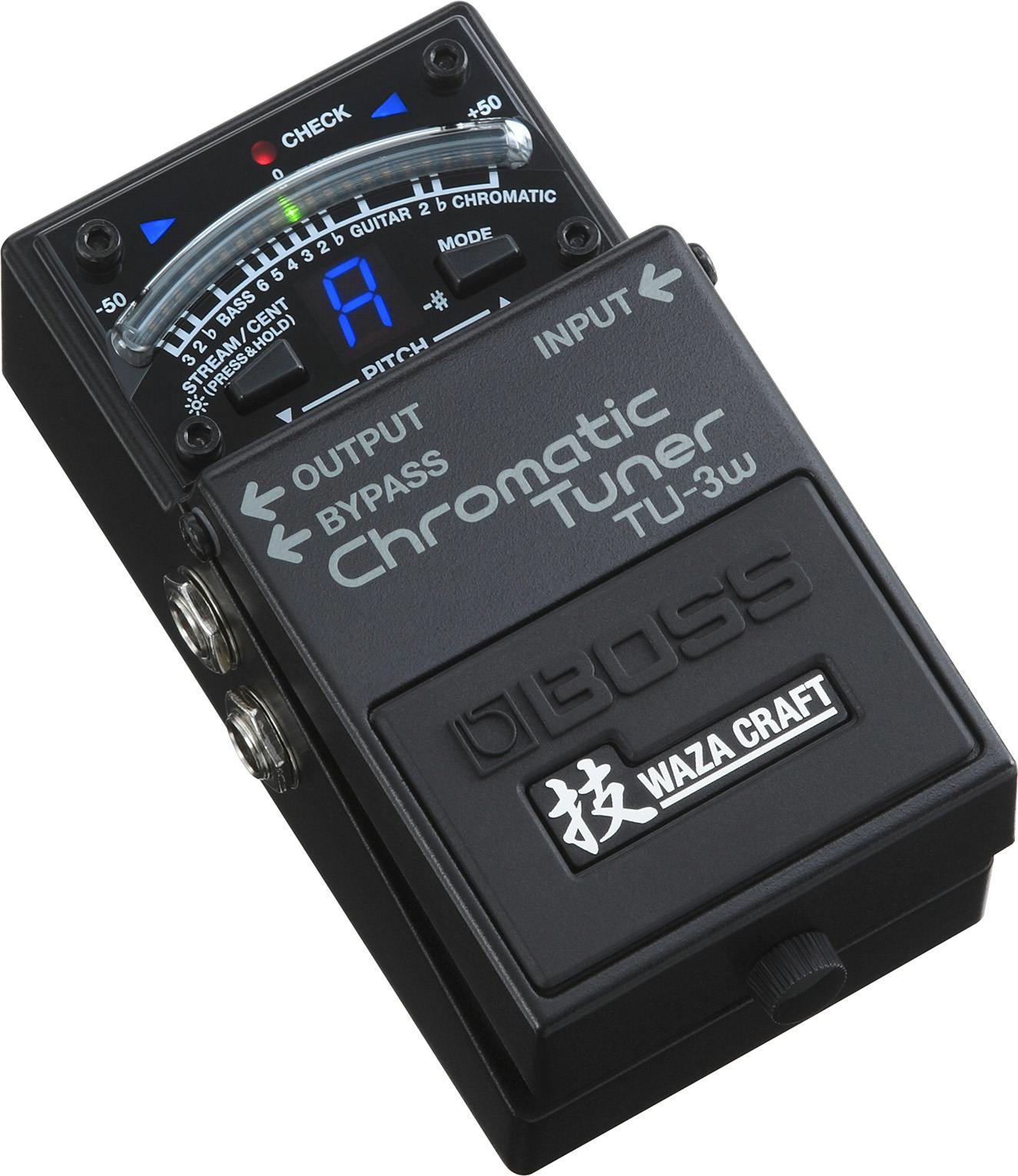
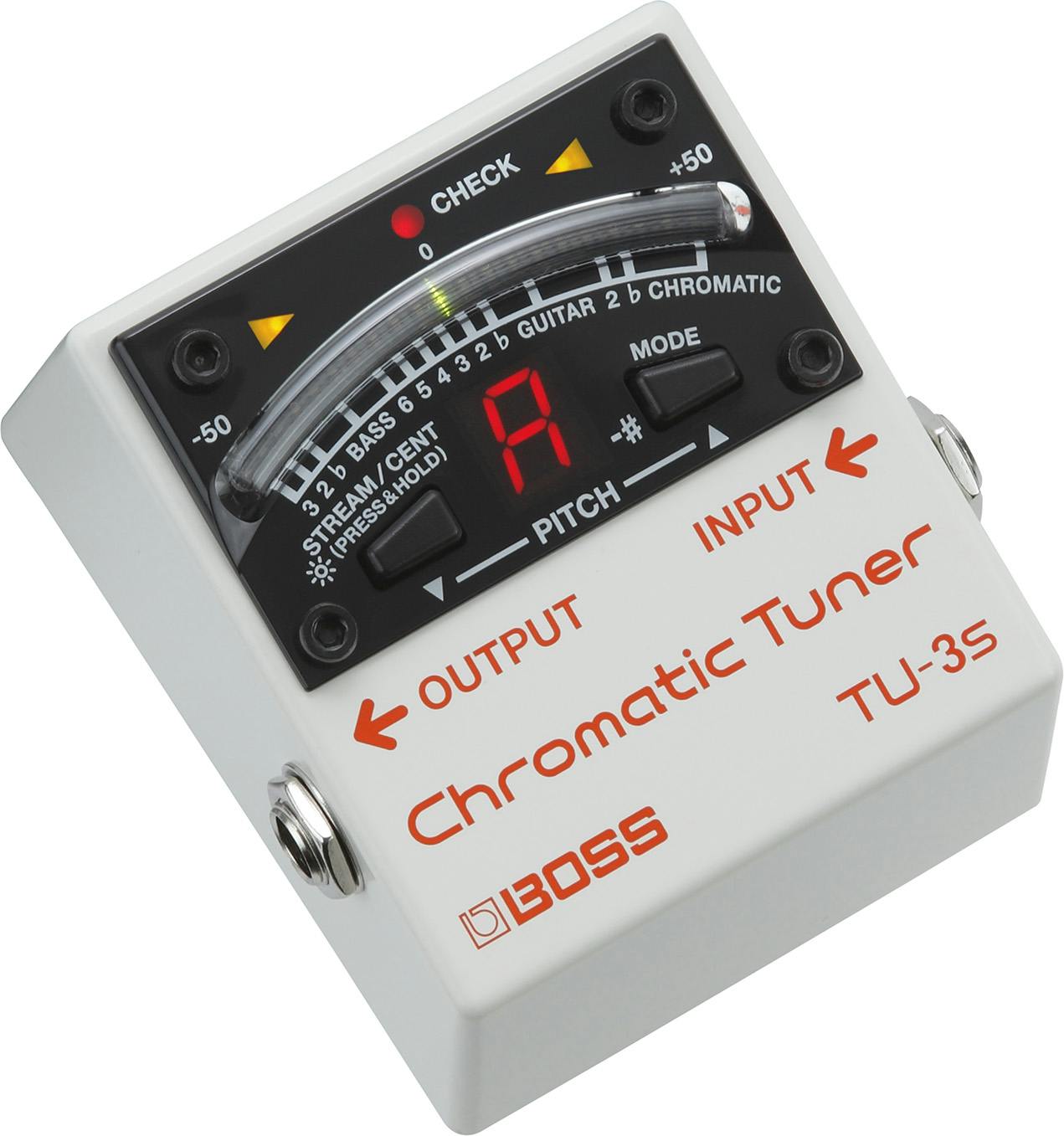
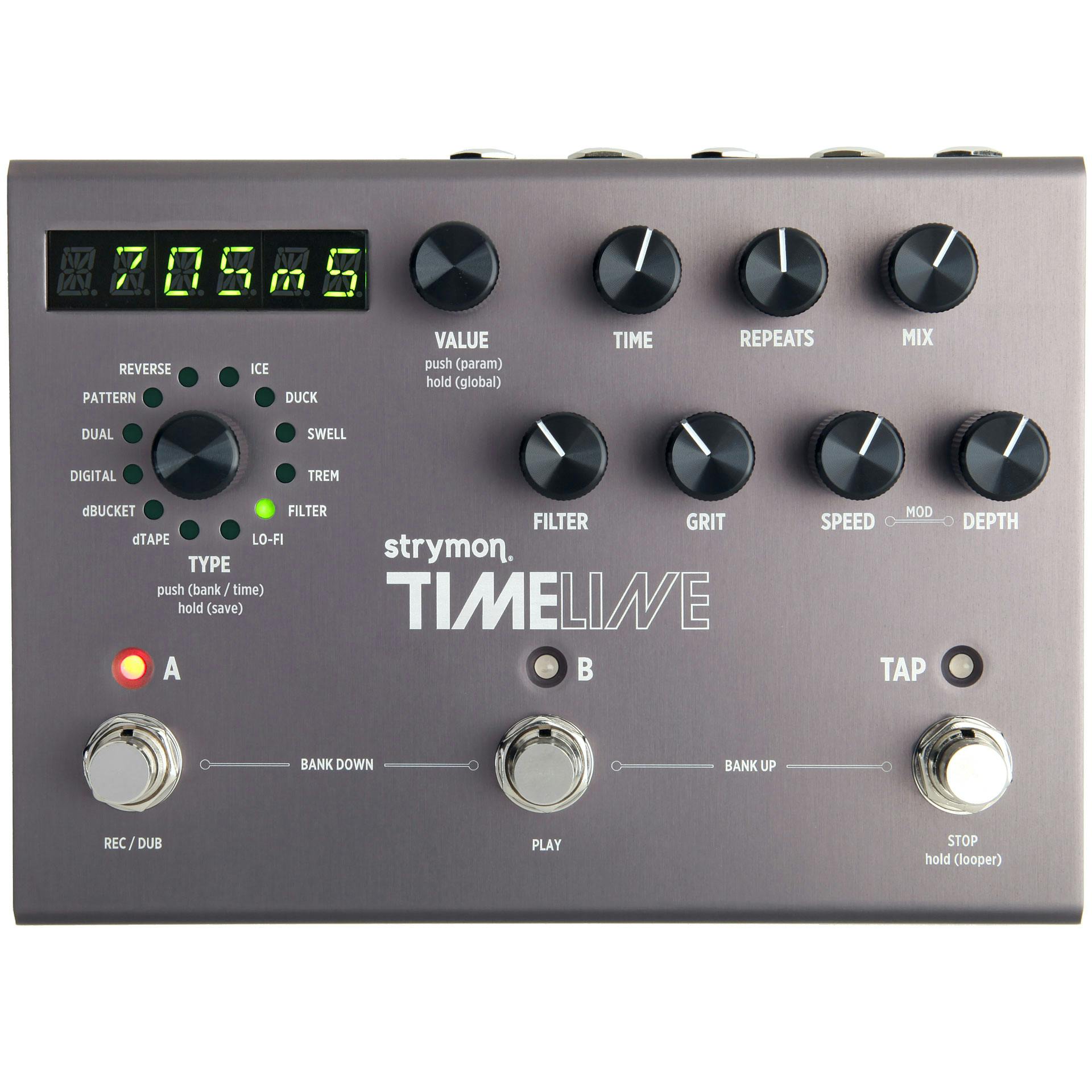

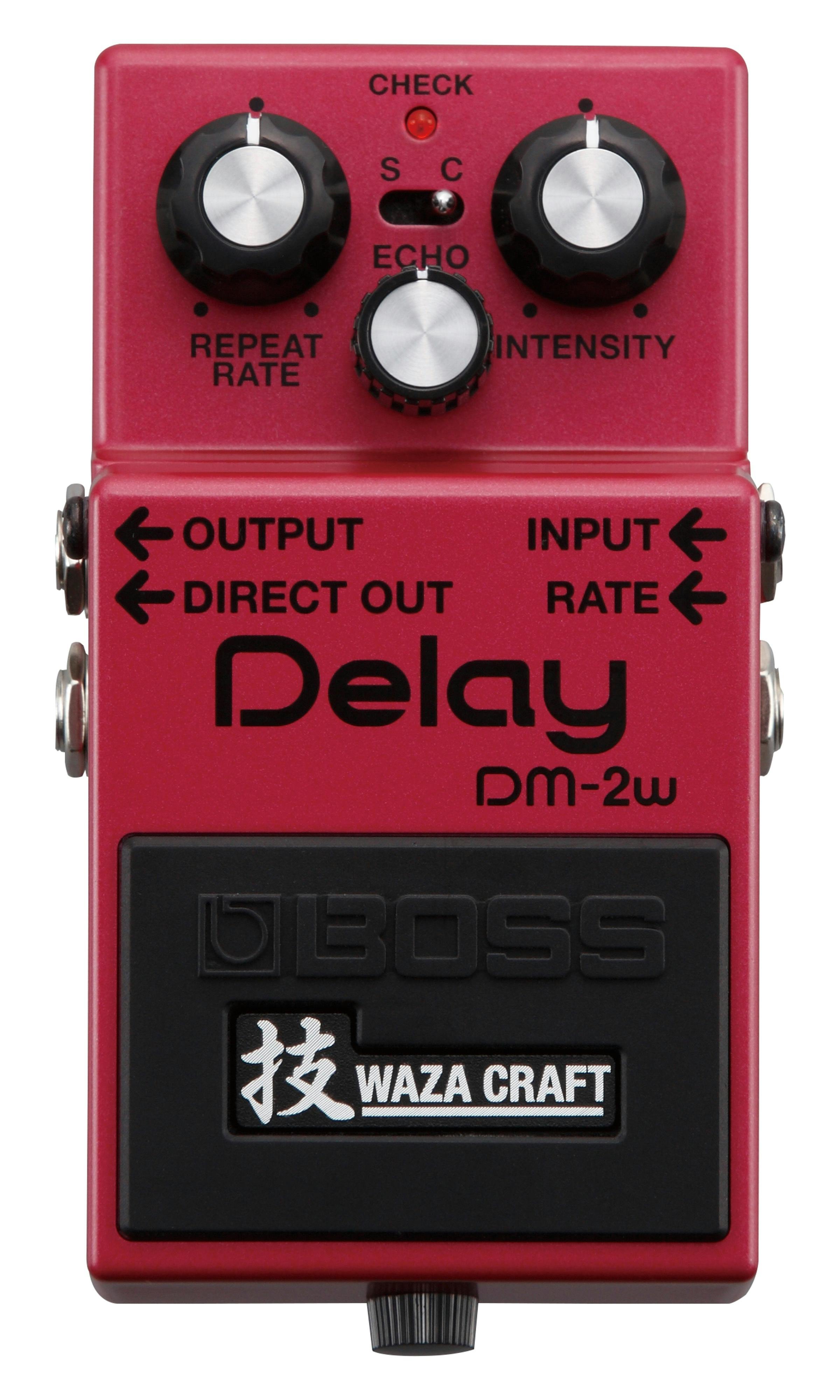
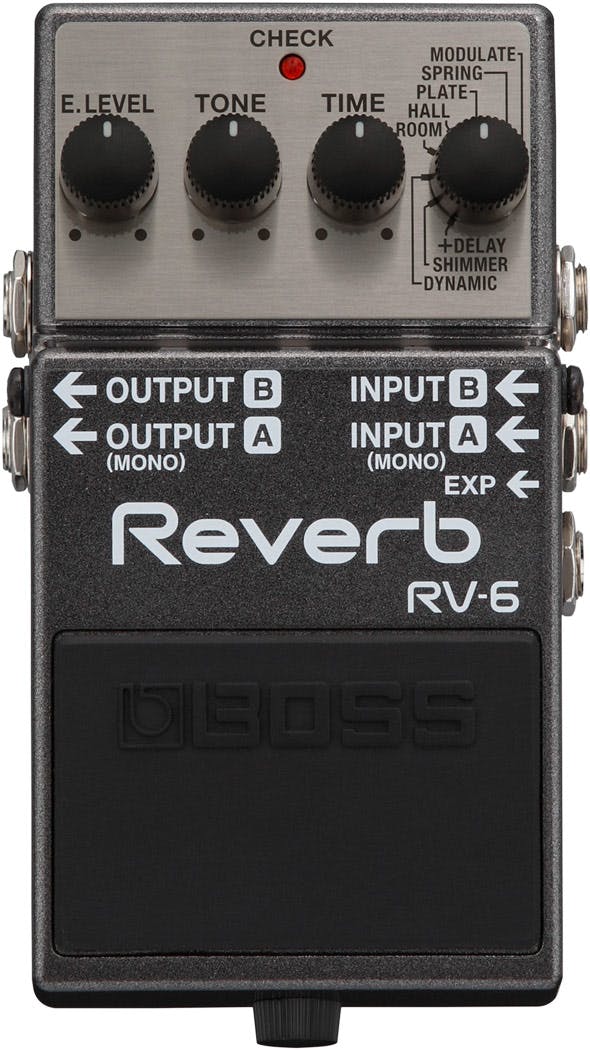
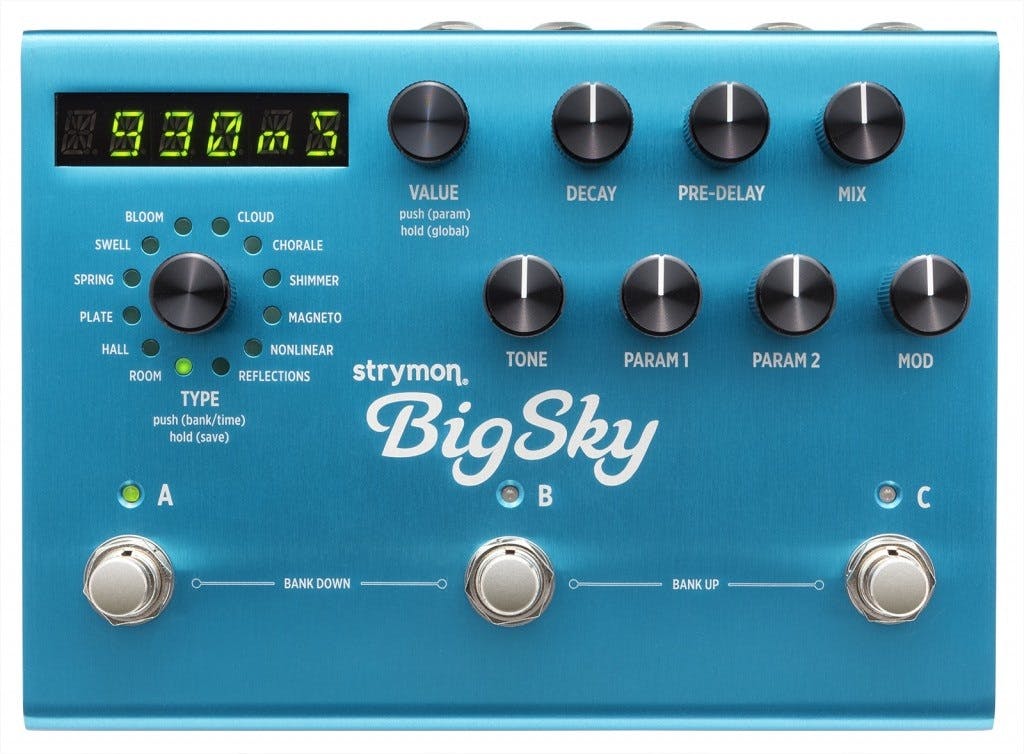

Responses & Questions